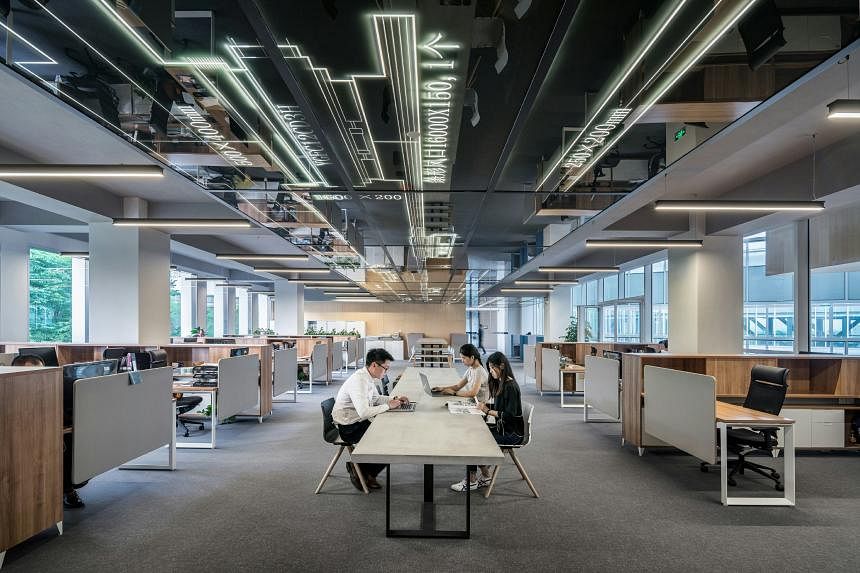In this series, manpower reporter Tay Hong Yi offers practical answers to candid questions on navigating workplace challenges and getting ahead in your career. Get more tips by signing up for The Straits Times’ HeadSTart newsletter.
Q: I was told my job is being redesigned. What should I be prepared for?
A: Job redesign involves restructuring the tasks, responsibilities and processes associated with a particular role, says Mr Aslam Sardar, chief executive of the Institute for Human Resource Professionals.
These changes are made to let the role match up with organisational goals, technological advancements or changing market conditions, he adds.
Ms Evelyn Chow, managing director of strategic human resources consultancy DecodeHR, says job enrichment, job enlargement and job rotation are three common ways to redesign jobs.
She says job enrichment means expanding the scope of an employee’s role and providing the employee with more tasks to do, as well as the authority needed to complete them.
Meanwhile, job enlargement involves adding on more relevant tasks, but is more limited and does not come with the additional authority vested through job enrichment.
Job rotation entails moving employees between different roles in a company.
Ms Chow says: “Job rotation gives them a broader perspective on how the company operates, gives them a better understanding of what their co-workers do, and provides them with a chance to expand their skill sets.”
She notes that during challenging economic times, job redesign can help preserve jobs.
“If there is a drop in demand for certain types of services in the company, job redesign allows the job holder to focus on other responsibilities within the company that could still be important.”
She adds: “The term ‘job redesign’ may sound intimidating to some, but, on the contrary, it tends to improve talent retention by creating more fulfilling roles and fostering a more motivated workforce.”
Similarly, Mr Sardar says job redesign is not inherently meant to displace workers, but to equip them with valuable new skills to perform more meaningful tasks.
Both experts advise workers to view job redesign as an opportunity for professional growth.
Workers could potentially undergo training to acquire new skills, adapt to new processes or technologies, and collaborate with management and colleagues to integrate changes smoothly as part of the redesign process, Mr Sardar notes.
He adds: “Workers can ensure a smooth job redesign process by being proactive in learning new skills, providing feedback on the changes and remaining adaptable.
“Engaging in open dialogue with their managers and supervisors, participating in training programmes, and maintaining a positive attitude towards the redesign process are key success factors.”
Ms Chow says that, at the same time, employers should transparently explain why the changes are necessary, how the changes will be implemented and what outcomes are expected.
She adds: “Companies should seek input from their employees, as this helps to foster ownership and buy-in.”
This also ensures that firms consider the needs and capabilities of employees when redesigning roles, and, where needed, provide staff with the necessary training and support, Ms Chow says.
While there should be a clear action plan with realistic timelines, companies also need to build in flexibility to respond to feedback and changing circumstances, she adds.
“They need to set aside time to observe the redesigned job roles and to assess if further changes need to be made,” she says.
When deciding whether to accept an impending redesign or resign, Ms Chow advises workers to think about how the redesigned role meets their long-term career aspirations.
“Perhaps it may provide more opportunities for career advancement, which you have been seeking.”
Another factor to consider is job satisfaction.
Ms Chow urges workers to contemplate: “Do the new responsibilities inspire you, and are they aligned with your personal interests, values and work-life balance?”
She adds: “You may also want to think about how the redesign may impact current team dynamics and your relationships with colleagues and supervisors.”
Lastly, workers should assess the company’s commitment to the redesign process through providing adequate training, with suitable mechanisms in place to address employees’ concerns or challenges.
As for older workers, Ms Chow notes that they can contribute to, as well as benefit from, job redesign.
“For example, the redesign may include adjustments to reduce physical strain or improve work-life balance.”
She adds: “It’s also worth pointing out that older workers have a wealth of experience and expertise, which can enable them to provide valuable feedback and to shape the changes in a more effective and practical manner.”
Have a question? Send it to askst@sph.com.sg

